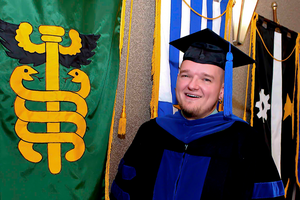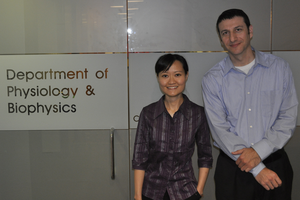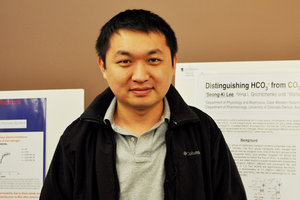
Functional elastin fibers within extracellular matrix of the arterial wall facilitate passive distensibility and recoil, which is critical to maintaining blood flow. Elastin fragmentation decreases functional elastin level and is associated with aging, contributing to age-related arterial [read more]
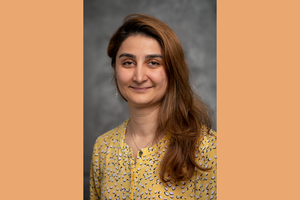
Identification of Novel Murine RPTPy and RPTPs Splice Variants and the Role of Rptps in Modulating the Neuronal and Astrocytic Intracellur pH Response to Metabolic or Respiratory [read more]




The balance between acetylcholine and dopamine in the dorsal striatum is critical for motor and learning functions. Dopamine cells residing in the substantia nigra pars compacta (SNc) and local cholinergic interneurons (ChIs) densely innervate the dorsal striatum and have strong reciprocal [read more]






In innate immunity, the inflammasomes are large molecular machineries that are responsible for combating microbial infections. A canonical inflammasome complex contains the sensor protein, the adaptor protein called apoptosis-associated speck-like protein (ASC), and the cysteine protease [read more]


Biogenesis of membrane proteins is controlled by the protein homeostasis (proteostasis) network. Our lab has been focusing on protein quality control of ?-aminobutyric acid type A receptors (GABAARs), the major inhibitory neurotransmitter-gated ion channels in mammalian central nervous system [read more]




Inherited cardiac arrhythmias such as Long QT Syndrome (LQTS) result in aberrant electrical propagation at the cellular level which can degenerate to irregular ventricular rhythm and increase the risk for sudden cardiac death. Classically, LQTS was believed to be caused by one mutation in one [read more]



Endothelial cells (ECs) are central determinants of vascular health. Dysfunction of ECs, characterized in part by reduced nitric oxide (NO) signaling, contributes to various cardiovascular diseases worldwide. Multiple lines of evidence support an essential role for KLF2 and KLF4 in endothelial [read more]



The anion exchanger AE3, expressed in hippocampal (HC) neurons but not astrocytes, contributes to intracellular pH (pHi) regulation by facilitating the exchange of extracellular Cl− for intracellular HCO3−. The human AE3 polymorphism [read more]
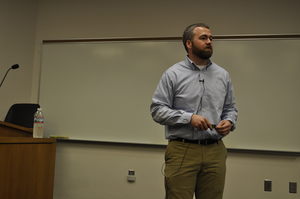



Michael Katsnelson, a Ph.D. candidate in the lab of Dr. George Dubyak and a student in the Medical Scientist Training Program, successfully defended his doctoral dissertation on Thursday, July 30, 2015.
Dr. Katsnelson will begin his third year in the M.D. program at the School of [read more]

Daniel Harris, a Ph.D. candidate in the lab of Dr. Paul DiCorleto, successfully defended his dissertation on Monday, July 27, 2015.
A reception in honor of Dr. Harris was held after the completion of his [read more]
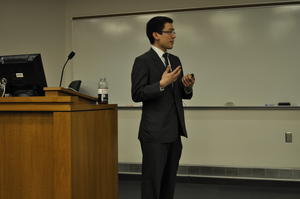

The most common genetic disorders of skeletal and cardiac muscle result from mutations in structural proteins essential for normal tissue function. The ability to identify tissue dysfunction prior to the onset of overt clinical symptoms will provide better insight of physiology and treatment [read more]

Dysregulated IL-1β production has been implicated in a host of disease settings, ranging from autoinflammatory syndromes to diabetes and Alzheimer’s disease. The first-identified interleukin-converting enzyme or ‘ICE’ was caspase-1. The assembly of cytosolic, [read more]

It is known that the hippocampus is important in learning, memory and spatial navigation. How it performs these tasks at the cellular level in response to neurotransmitters and oscillations in neural circuitry is poorly understood. To determine the role of subthreshold [read more]


